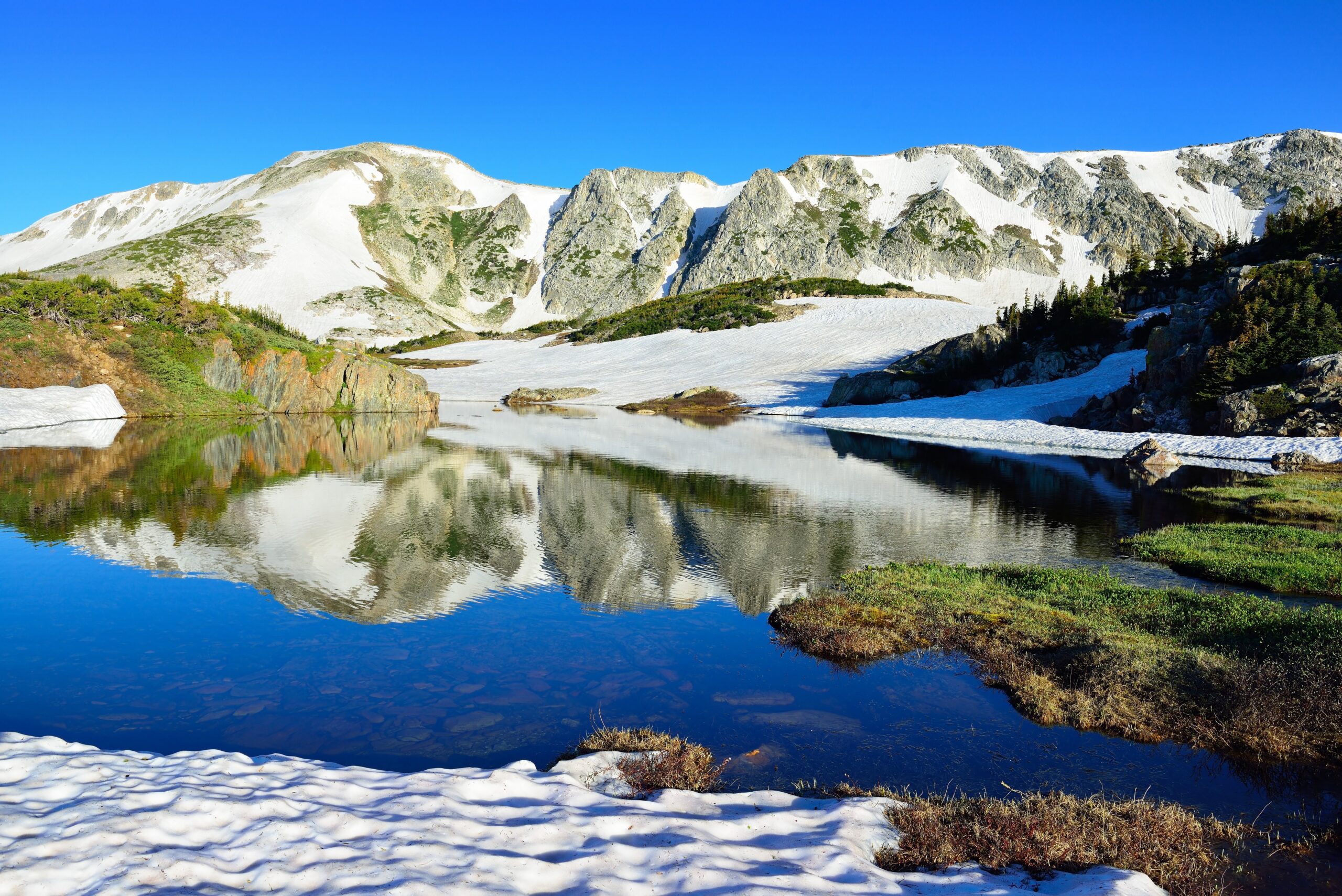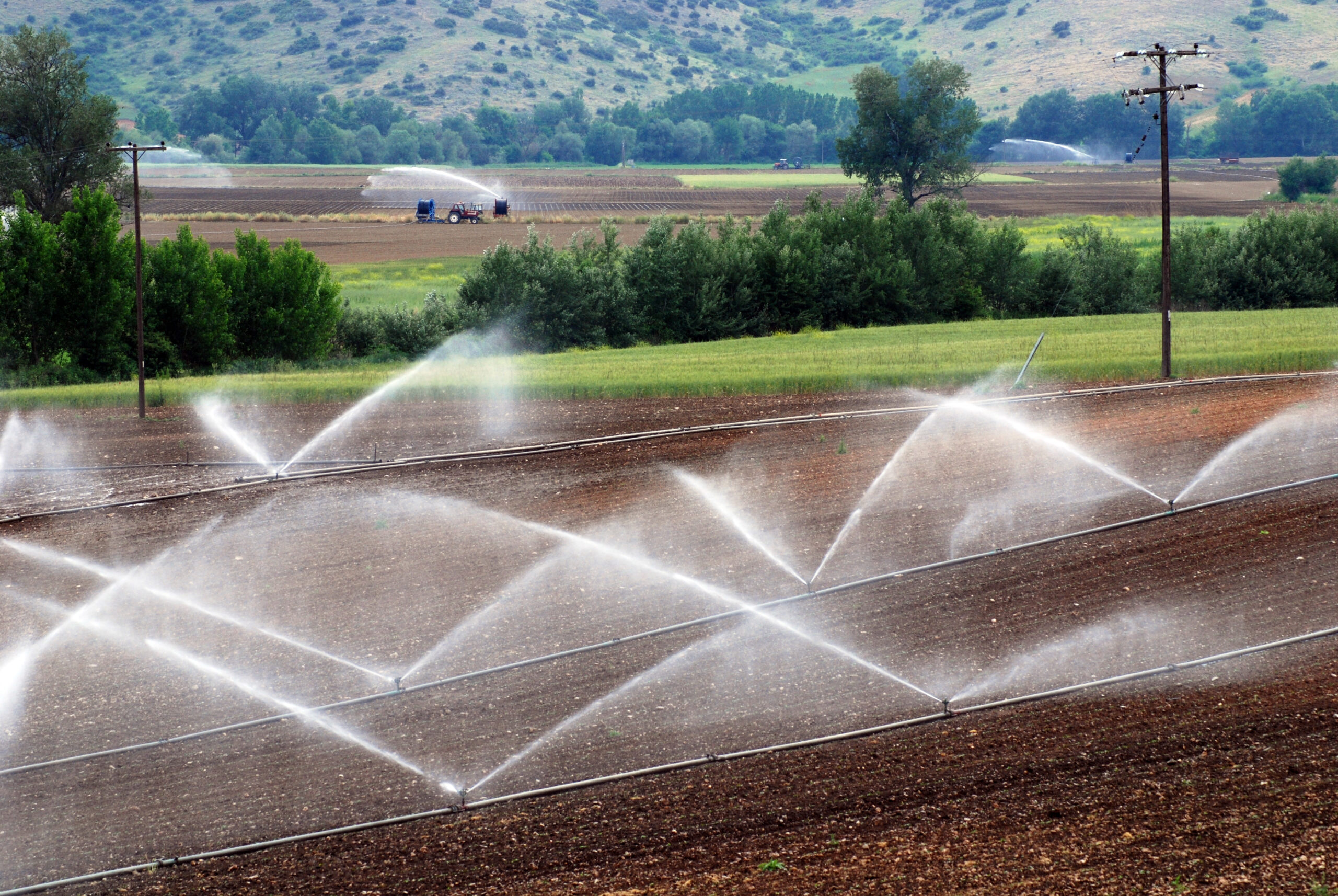Energy From Falling Water

Globally, hydroelectric power accounts for over 16% of electricity generation worldwide. 1International Energy Agency, World Energy Outlook 2013 (Paris: Organization for Economic Cooperation and Development, 2014).Its water-use implications differ significantly from those of thermal generation because hydroelectric power does not withdraw or consume water for cooling. Instead, hydroelectric facilities leverage the sun’s energy, which lifts water to great heights through evaporation, and the force of gravity as the water travels back to sea level. A dam creates a large reservoir of water with a significant elevation differential. The elevation difference between the water behind the dam and the river downstream creates potential energy that can be converted to mechanical energy from rotating turbines. Hydroelectric turbines spin around a vertical axis like a carousel to spin magnets within an electrical generator.The simple design of a hydroelectric dam allows for 90% or higher conversion efficiency from the potential energy of the elevated water to electrical energy at the power house.2U.S. Army Engineer Institute for Water Resources, Hydropower: Value To The Nation (Arlington, Virginia: U.S. Army Corps of Engineers, 2009), accessed August 27, 2016, link.This performance far exceeds the 30% to 40% efficiency typical for conventional thermal power plants, and doubles the efficiency of natural gas combined cycles.
Hydroelectric Power is a Function of Height and Volume
\(P = {\eta _{\rm{t}}}\rho Qgh\)- P is power [W]
- ηt is the dimensionless efficiency of the turbine [approx. 90% or 0.9]
- ρ is the density of water [1,000 kg/m3]
- Q is the volumetric flow rate [m3/s]
- g is the acceleration due to Earth’s gravity [9.8 m/s2]
- h is the height difference between inlet and outlet [m]
Hydroelectric Power is a Function of Height and Volume
\(P = {\eta _{\rm{t}}}\rho Qgh\)- P is power [W]
- ηt is the dimensionless efficiency of the turbine [approx. 90% or 0.9]
- ρ is the density of water [1,000 kg/m3]
- Q is the volumetric flow rate [m3/s]
- g is the acceleration due to Earth’s gravity [9.8 m/s2]
- h is the height difference between inlet and outlet [m]
Image Credits: Evgeny Vorobyev/Shutterstock.com.


